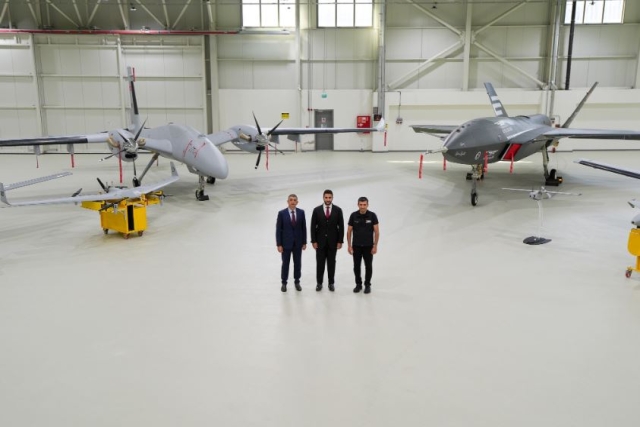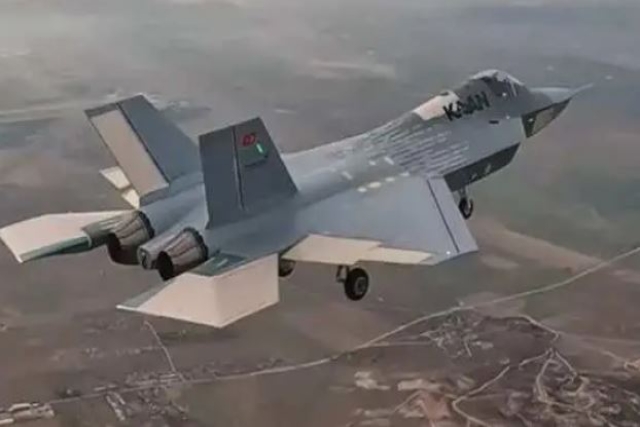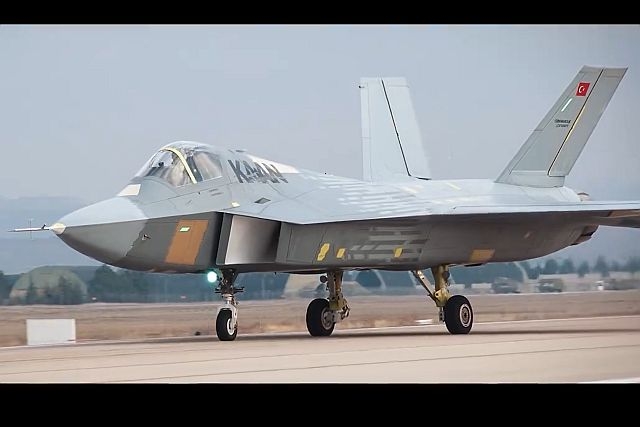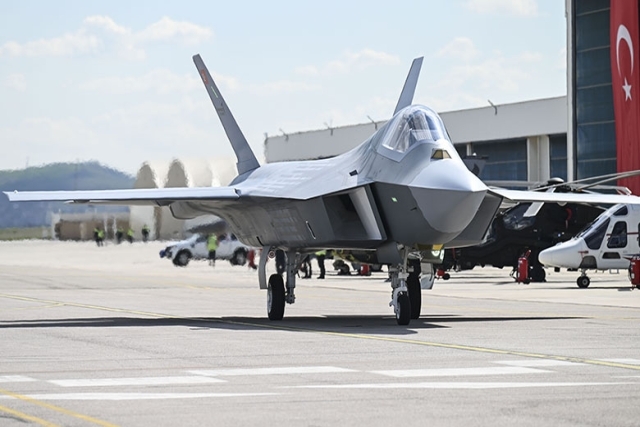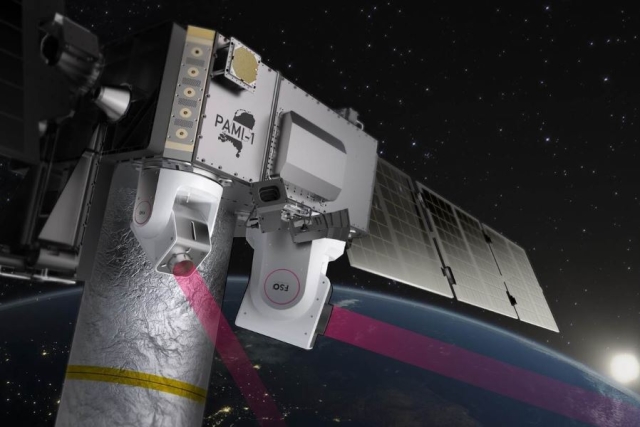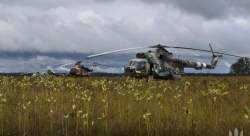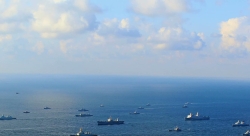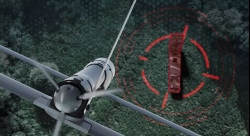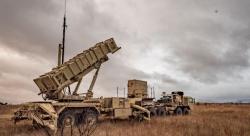Turkish KAAN Fighter to have Six Prototypes by 2026
TUSAS aims to fast-track the development of Turkey’s national fighter jet, with six prototypes planned by 2026 and entry into service set for 2028.
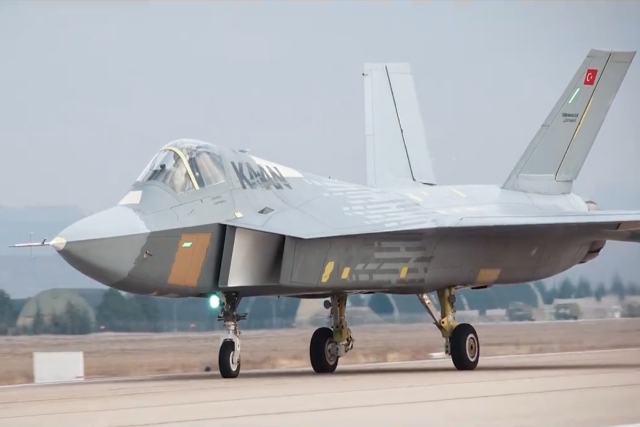
Turkish Aerospace Industries (TUSAŞ), the manufacturer of the KAAN fighter jet plans to accelerate flight testing by assembling six prototypes by 2025 before the entry into service by 2028.
The program has gained momentum since the maiden flight of its initial prototype, designated P0, on February 21, 2024. The P0 prototype conducted its second flight on May 6, 2024, and is slated for a third test flight by the end of 2024.
Meanwhile, production activities are progressing at TUSAŞ’s Kahramankazan facility, where the second and third prototypes, P1 and P2, are under assembly. These prototypes are expected to perform their first flights in the Gök Vatan airspace by the end of 2025. Looking ahead, TUSAŞ plans to complete three additional prototypes, P3, P4, and P5, by 2026, for rigorous testing.
The program's primary focus is on intensive testing during the 2025–2028 period to validate and enhance the KAAN's performance. The testing will emphasize endurance, altitude capabilities, and overall reliability. During its second flight, the P0 prototype achieved a speed of 230 knots and reached an altitude of 10,000 feet, remaining airborne for 14 minutes. These early trials are vital for the gradual integration of new systems and operational capabilities.
The KAAN fighter jet will feature MURAD AESA radar, TULGAR Helmet Integrated Imaging System, KARAT infrared search and tracking system, and YILDIRIM infrared countermeasures. Weapons integration will include the ÇAKIR cruise missile, GÖKDOĞAN and BOZDOĞAN air-to-air missiles, and TOLUN ammunition. With the completion of the P1 and P2 prototypes, these systems will undergo comprehensive evaluation and demonstration. The jet is also expected to fire its first ammunition using its under-wing weapon station in 2026, signifying a key step in operational readiness.
The aircraft is designed with features such as a 14-meter wingspan, 21-meter length, and 6-meter height. It will achieve a maximum cruising speed of Mach 1.8, with an altitude ceiling of 55,000 feet. Powered by twin GE F110 engines, it delivers 29,000 pounds of thrust per engine, supporting power limits of +9g and -3.5g. Additional capabilities include supercruise functionality, low radar signature, and versatility in air-to-air and air-to-ground missions.
